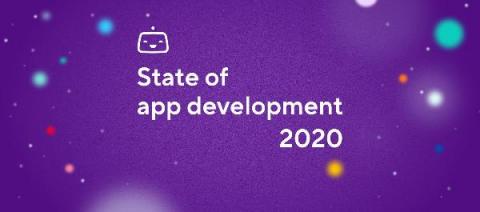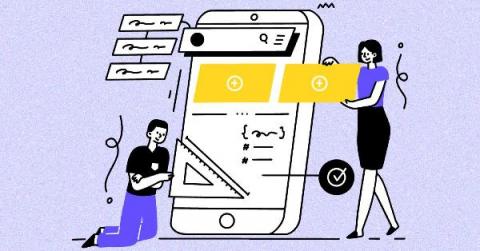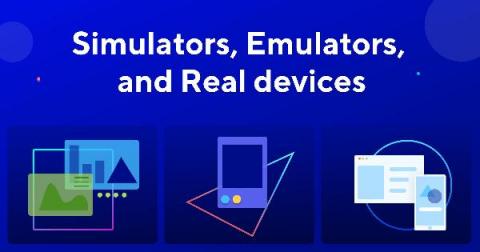How do you decide your approach for mobile website testing?
The meteoric emergence of smartphones is nothing short of phenomenal, as a growing number of consumers are leveraging the potential offered by the smartphone ecosystem. As per April 2019 data of Statistica[1], the global mobile population accounted for 4 billion unique users. That’s not all, the global mobile traffic is expected to increase sevenfold between 2017 and 2022. The daily media consumption on mobile devices has grown by 504 percent since 2011[2].











